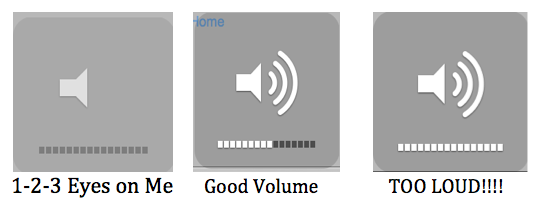COMPREHENSION
COMPETENCY GOAL 2
The learner will apply strategies and skills to comprehend text that is read, heard, and viewed.
Objectives
2.01 Use metacognitive strategies to comprehend text (e.g., reread, read ahead, ask for help, adjust reading speed, question, paraphrase, retell).
2.02 Interact with the text before, during, and after reading, listening, or viewing by:
* setting a purpose.
* previewing the text.
* making predictions.
* asking questions.
* locating information for specific purposes.
* making connections.
* using story structure and text organization to comprehend.
2.03 Read a variety of texts, including:
* fiction (short stories
* novels, fantasies, fairy tales, fables).
* nonfiction (biographies, letters, articles, procedures and instructions, charts, maps).
* poetry (proverbs, riddles, limericks, simple poems).
* drama (skits, plays).
2.04 Identify and interpret elements of fiction and nonfiction and support by referencing the text to determine the:
* author's purpose.
* plot.
* conflict.
* sequence.
* resolution.
* lesson and/or message.
* main idea and supporting details.
* cause and effect.
* fact and opinion.
* point of view (author and character).
* author's use of figurative language (e.g., simile, metaphor, imagery).
2.05 Draw conclusions, make generalizations, and gather support by referencing the text.
2.06 Summarize main idea(s) from written or spoken texts using succinct language.
2.07 Explain choice of reading materials congruent with purposes (e.g., solving problems, making decisions).
2.08 Listen actively by:
* facing the speaker.
* making eye contact.
* asking questions to clarify the message.
* asking questions to gain additional information and ideas.
